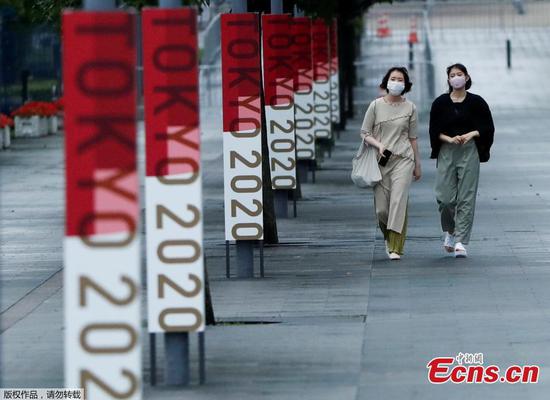The year 2020 saw a dramatic worsening of world hunger, which affected an estimated 720 million to 811 million people, the United Nations Food and Agriculture Organization (FAO) said in a statement on Monday.
The warning came with the launch of "The State of Food Security and Nutrition in the World 2021" (SOFI) at the FAO headquarters in the Italian capital.
The report, drafted by the FAO in cooperation with other four UN agencies, urged the global community to act swiftly to help the world go back on track to reach Goal 2 of the Sustainable Development Agenda, which is to end hunger and malnutrition by 2030.
While the pandemic has triggered economic recession and jeopardized access to food in many areas of the world, progress on malnutrition had lagged even before this health emergency, said the report.
This was all the more so in nations affected by conflict, climate extremes or other economic downturns, or battling high inequality, all of which the report identified as major drivers of food insecurity.
If the current trends were maintained, the UN agencies estimated the Goal 2 would be missed "by a margin of nearly 660 million people." According to the report, about 30 million more people may face hunger in 2030 under the COVID-19 scenario than if the pandemic had not occurred.
Last year, global hunger grew in both absolute and proportional terms, outpacing the population growth. "Some 9.9 percent of all people are estimated to have been undernourished last year, up from 8.4 percent in 2019," the report said.
It also highlighted that the sharpest rise in hunger was in Africa, where the estimated prevalence of undernourishment (at 21 percent of the population) is more than double that of any other region.
Further data showed that children remained the most exposed in the pandemic year: more than 149 million of those aged under five were estimated to have been stunted, another 45 million too thin, and nearly 39 million overweight.



















































